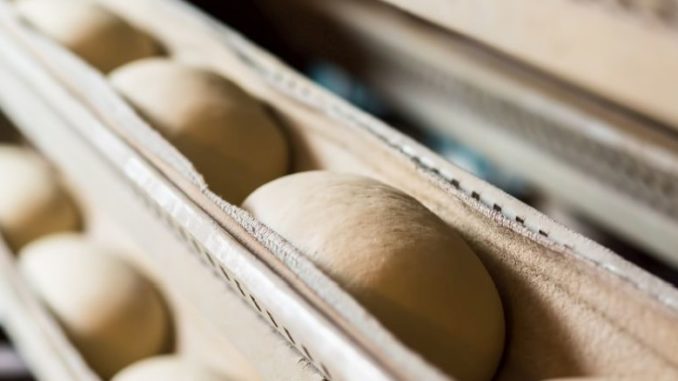
Bakery products are quite significant in many European countries. Kitchen professionals are increasingly using deep-frozen convenience products in this category. They have to be ready-baked to perfection or regenerated – a task, where hot-air ovens, in which special baking programs are stored, take over.
By Dieter Mailander
Commercial kitchens are neither bakeries nor in-store bakeries. Nevertheless, baking processes are running in them, in catering services for companies as well as in universities and college canteens, hospitals, rehabilitation clinics, or nursing homes. Spontaneously, when one thinks about the topic of baking, one thinks first about cakes and pies. Even though these sweet tempters are an established part of the range of products in every market segment, they are crafted in very few operations: at least not in Germany (in other European countries, this may be somewhat different). On the one hand, there are too few qualified personal and the offers for high-quality convenience products are very extensive – there are enough to choose from at almost every qualitative level. Since kitchen chefs decide frequently upon deep-frozen products, the equipment, in which they are ready-baked to perfection or regenerated, plays a special role. This applies especially to hot-air ovens, which have reached an enormous distribution rate in a number of regions in Europe.
Baking Processes – The Particulars
As with every cooking process, some intricacies have to be considered while baking too. The transmission of thermal energy plays an important role. So that this process is able to be monitored precisely, the temperature, the humidity, the speed of the fan wheel, and the direction, in which the fan wheel turns, has to be calibrated perfectly. In high-tech equipment, the ideal combination of this parameter is calculated for every piece of food to be cooked and for each step of cooking. Not only does the climate in the cooking chamber influence the sensorial quality of the baked goods, but also the speed, with which they are prepared (relevant parameters: heating up and dehumidifying). An example: baking fresh pieces of dough for croissants that still haven’t run through the cooking process.
To read the complete article, please refer to the May-June 2019 print issue of Frozen Food Magazine Europe.



